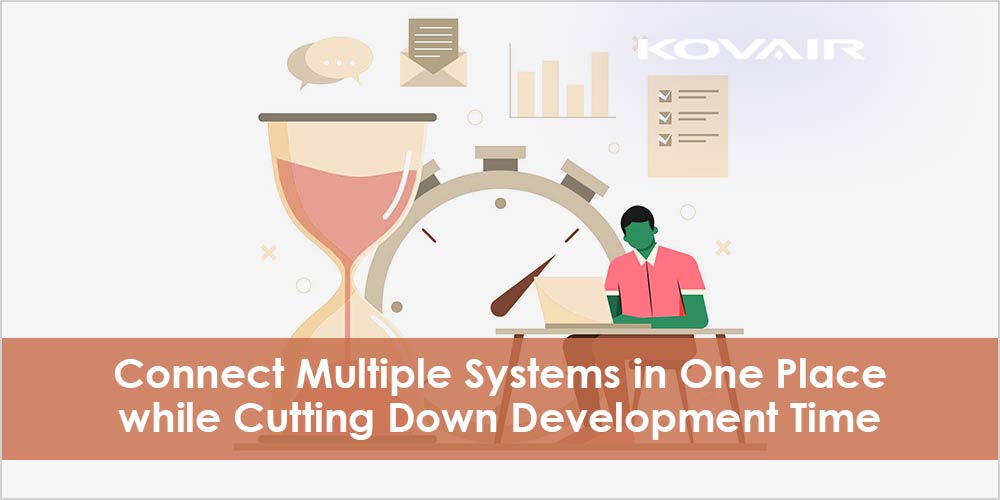
From improving programming conveyance to monitoring measurements amid times of raised traffic, the universe of big business IT is swirling with investigating inquiries around DevOps.
DevOps has quickly matured from being a fairy tale concept to becoming a widely-used software development practice followed by many organizations. Still, we believe that this is just the beginning and the concept of DevOps will continue to evolve in the upcoming years. In this post, we will look into the different emerging technologies that contribute to shape the DevOps of today and produce a handful of developing trends that are soon going to be adapted by the ecosystem in the future.
Let us dive deep into some of the trends and predictions made and mentioned below:
Automation
Robotization lies at the core of DevOps. It enables engineers to computerize specific and certain repeatable procedures so that the execution can be accomplished without manual information. The code is naturally pushed under persistent conveyance to progressive test situations, most of which are provisioned. Once there, specific checks such as similarity, usefulness, execution, and so forth are performed on the code in a robotized style without requiring an engineer’s time.
Cloud
It is a well-known fact that we keep on observing the movement of outstanding tasks at hand to cloud situations. A long way from being invulnerable to this pattern, DevOps profits by – and frequently drives- – cloud reception similarly that the procedure gets gains from consistent delivery: by expanding the effectiveness of advancement groups. For instance, designers can effectively arrangement assets with only a Mastercard and the push of a catch. Correspondingly, institutionalized administration strategies inside a cloud sending enable clients to utilize their very own test surroundings without expecting to look for extra endorsements.
DevSecOps
DevSecOps alludes to the expanding routine with regards to bringing in security groups as dynamic members in the application advancement process (not exactly when an application is considered “completed” by an improvement group). While it is less applicable to new businesses, DevSecOps is an imperative practice for organizations with stringent security and consistency concerns.
The test is that advancement and security groups have generally worked independently, with the latter possibly made mindful of another business application when it is prepared to go live. By and large, security would then veto the application for not having satisfied consistent guidelines, in this process squandering several designer hours and leading to grating between groups.
DevSecOps seeks to change this by including required security registers with key focus on the improvement procedure so that when an application is done, it has just been completely checked. Accordingly, potential issues are addressed right on time and risky applications are dismissed before sometime in the team starts working on them.
Continuous Conveyance
Consistent delivery empowers an increasingly streamlined and proficient arrangement process, whereby code is consequently pushed to go through a nonstop arrangement of tests intended to reflect a generation sending. Consistent conveyance involves groups pushing out small developments and progressively discharge changes. This procedure takes into account programming to get under the control of clients quicker and help groups to accumulate criticism all the more rapidly, thereby enabling organizations to focus on quicker time-to-advertise and build prominent business esteem.
Increased Awareness
These days, it is difficult to come across an IT administrator or a designing chief who is unfamiliar with the term DevOps. We live in a world where the philosophy and the best practices of DevOps are effectively traded and discussed on the web, in little meetups and at built-up IT meetings. While that is extraordinary for driving outcomes, yet many organizations keep on facing a lot of compromises. This is because an increasing number of deft contenders can use the aggregate knowledge of the worldwide designer network to beat them to advertise without relinquishing dependability or solidness.
Exciting Times Ahead
What is changing today is the expansiveness of tasks that can be computerized. For instance, with the ascent of multicloud, the future will probably observe test conditions provisioned in interoperable conditions across cloud organizations. Drawing on DevSecOps best practices, security checks are likewise liable to require a less manual contribution from human security and consistency groups, depending rather on a progression of computerized tests. None of which is to propose that the human component will totally vanish. Fruitful DevOps execution depends on clear correspondence between groups. It is evident that the hazy areas where people should be specifically included for manual endorsements will progressively decrease.



Thanks for sharing this blog. This is a very important and informative blog.